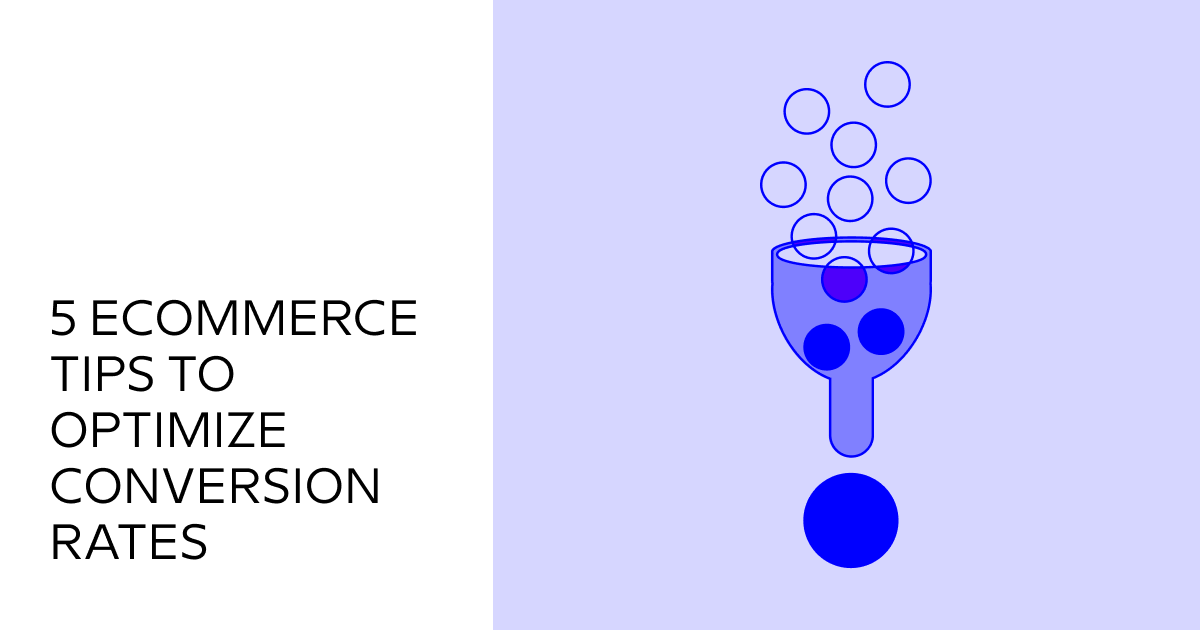A brand helps you tell your story, attract customers, and communicate your mission. It should be present at every touchpoint and leave an impact.
Otherwise, you might struggle with client loyalty and reaching your target audience. Cultivating consistency and authenticity allows you to get consumers’ support and affinity.
But you should also ensure your brand continuously feels fresh, up-to-date, and relevant. Because of that, perceive it as a flexible entity that keeps up with trends and evolves.
Embrace changes and add updates regularly because that shows you care about what’s going on in the world and how the audience sees your brand. Track how the customers respond to it and whether your label is still efficient.
If your brand no longer has the same effect and encounters a drop in engagement and conversions, it’s time to redesign. Before you start renovating, consider the difference between brand redesign and rebranding.
Brand Redesign vs. Rebrand
Altering your brand may seem like a daunting task, but the change you need might be less drastic than you think. Company leaders often fear taking this step because they believe they should transform their label from scratch, but that’s rarely the case.
That’s why it’s crucial to understand how redesign and rebrand differ. Although people often use these two terms interchangeably, one stands for a complete makeover while the other tackles the visual element.
Rebrand
The rebrand includes a full-scale transformation that results in new brand identity, visuals, and marketing strategy. It’s thorough, demanding, and takes months to prepare and roll out.
It doesn’t encompass website aesthetics, logo, and color scheme only. Instead, rebranding requires evaluating and changing a brand’s personality, core values, and objectives.
This move is necessary when a label continuously stays behind its competitors, becomes outdated, or the target audience changes. It’s also needed when industry demands and expectations shift, or a company prepares for acquisition or merger.
As a result, the brand becomes inefficient, and consumers no longer respond to it. Because of that, companies must make the bold step of improving every brand aspect, such as storytelling, mission, and strategies.
Redesign
Redesign or refresh consists of updates that don’t require changing the brand’s core identity and values. Instead, it stands for transforming its look and tone to appeal to the target audience more efficiently.
The goal is to make a label appear more vibrant, current, and relevant to its target market. That way, a company keeps up with the industry demands, expands its outreach, and reinforces consistency.
The need to redesign usually appears when a brand’s visuals or messaging no longer resonate with its consumers, a company grows, or the target audience shifts. This process includes tweaking the slogan, logo, design, color scheme, marketing content, materials, or typography.
What Affects How People Perceive Brands?
Colors
Colors are a stellar tool for provoking psychological reactions, influencing moods, and signaling action. For example, red, orange, and yellow often evoke comfort and warmth or passion, hostility, and anger.
On the other hand, cool colors (blue, purple, and green) might elicit indifference or sadness.
Marketers and designers use colors to stimulate consumers and trigger their underlying personality traits. They typically use white to make their products appear more modern or youthful.
Yet, black is associated with power and mystery, and silver appeals to people who like cutting-edge tech and contemporary things. That explains why using a signature color can increase brand recognition by 80 percent.
Think about your brand and the message you want to convey. Did your products or target market change? Ensure that your brand colors speak to those you hope to reach and portray your services efficiently.
Competition
People often compare companies with others that offer similar products and services. That plays a significant role in their purchasing decisions and loyalty.
Consumers will more likely see a brand as authentic and professional if it aligns with the company culture, values, and objectives. But they also pay attention to aesthetics and what appeals to them more.
Because of that, you should never disregard your competition and how they present their overall identity. If one brand keeps up with trends and industry shifts more than others, it will likely earn consumers’ affinity.
Current Trends
Brands should be relevant and fresh, regardless of their style and values. That way, companies can attract new consumers and expand their customer pool.
However, knowing the trends also enables innovation and connecting with a younger demographic. Thus, people pay attention to what’s currently stylish and notice when a brand adopts tiny improvements that allow them to stay contemporary.
5 Red Flags That Your Brand Requires Redesign
Low Conversion Rate
A stellar website helps you attract potential customers, engage them, and influence their buying decisions. If people are visiting, but the number of your clients remains the same, it’s time for changes.
The conversion rate shouldn’t be drastically different from website visits unless your CTAs are inefficient. Consider whether the sales funnel is seamless and people can connect with the company.
Also, re-evaluate your website content and categories. Every element should invite visitors to stay and continue scrolling.
Otherwise, they’ll leave before encountering a call to action, resulting in poor conversion.
Underused Functions
Every function on your website should be efficient and have a purpose. If visitors aren’t using it, they might not know how to do it. Or they may not care about a particular feature.
Monitor the UI/UX and implement tweaks if something is underused or redundant. Your app and website are an essential element of your brand’s visual identity and should be intuitive and practical.
Turn to your analytics and assess the performance of problematic features. Only redesign if the evidence shows your website needs it.
Competitors are Way Ahead
A brand requires more than reputation and old successes and accomplishments to stay alive.
You might have been a leader in the industry for a long time, but avoid disregarding your competition. Observe what they do and how they respond to trends and changes.
If your brand is behind in new technologies and methods, you should react fast. Otherwise, you might lose your place in the market and become obsolete.

Dissatisfying Engagement Levels
Consider whether you provoke the desired action and if engagement levels are high. Does your brand evoke meaningful interactions and inspire them to share your content, start conversations, and like posts?
Once people stop commenting on your publications and responding to your emails, they might have lost their interest. That means it’s time for new strategies and engagement boosts, such as website improvements, relevant marketing campaigns, or different content.
Key Performance Metrics are Off Base
If you track KPIs, you can identify issues timely and monitor metrics that indicate your brand’s efficiency, such as bounce rate, the time before purchase, and awareness level. Transform the data into a meaningful form and identify whether these values correspond to your objectives.
Dissatisfying KPIs indicate that your label might require redesign. You can use heatmaps to understand what elements hinder website performance and engagement.
A brand is a dynamic concept that undergoes transformations over time and thrives on updates and renovations. It requires you to track trends, stay ahead of the competition, and keep up with your target audience.
If a brand no longer resonates with your consumers, make it vibrant and relevant again by redesigning the critical elements. Identify what needs tweaks and address the issues to ensure you continue creating meaningful connections and attracting new customers.



